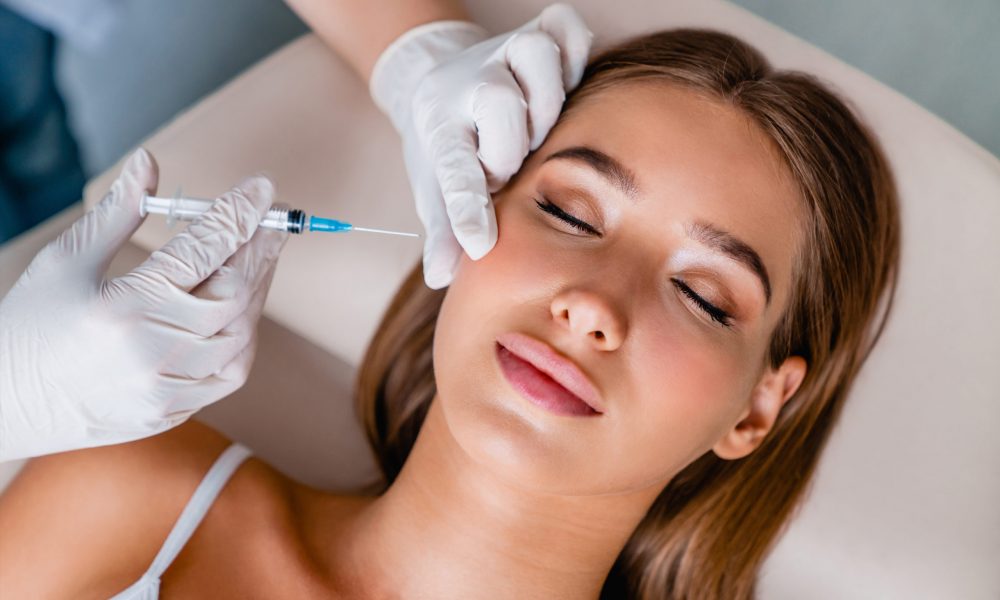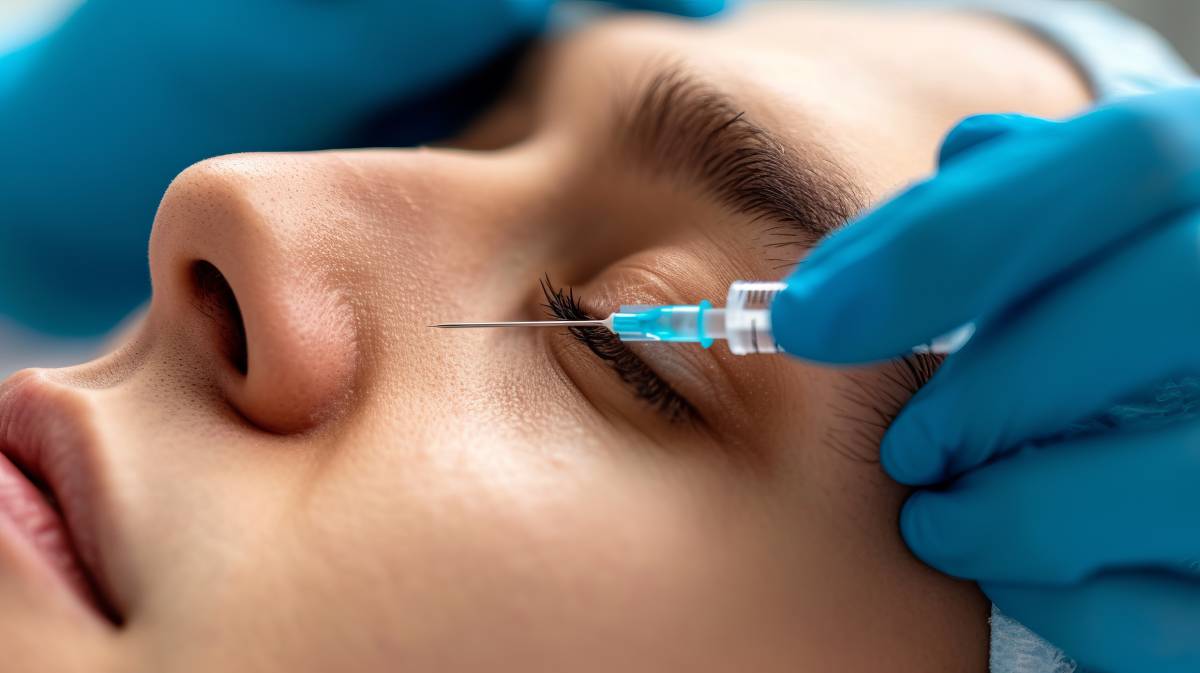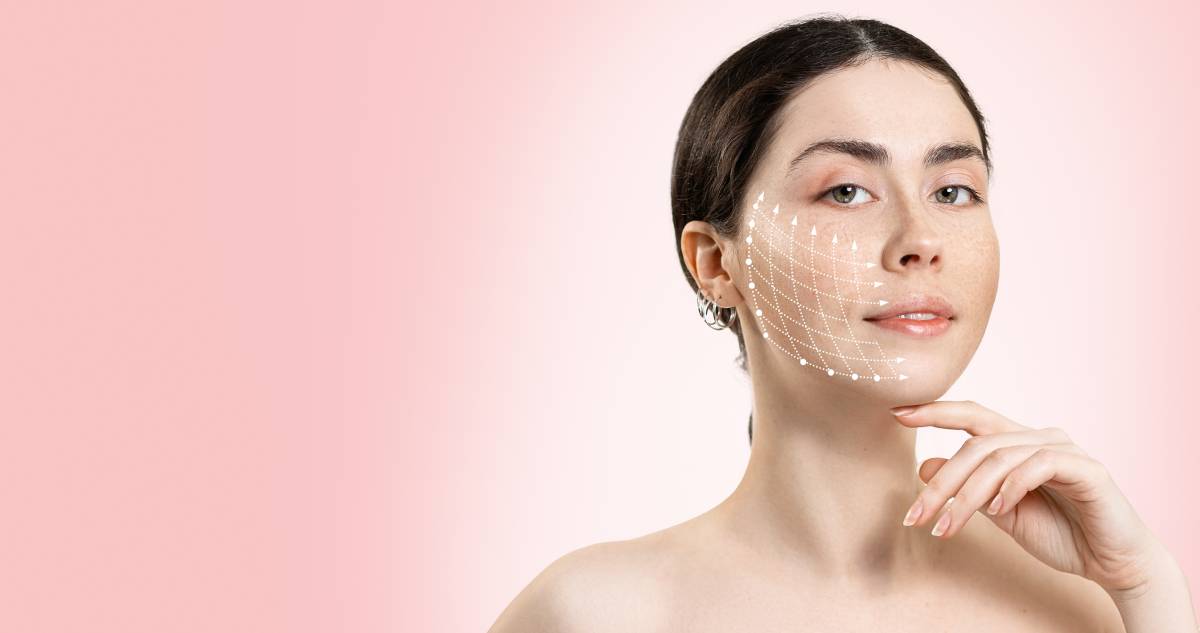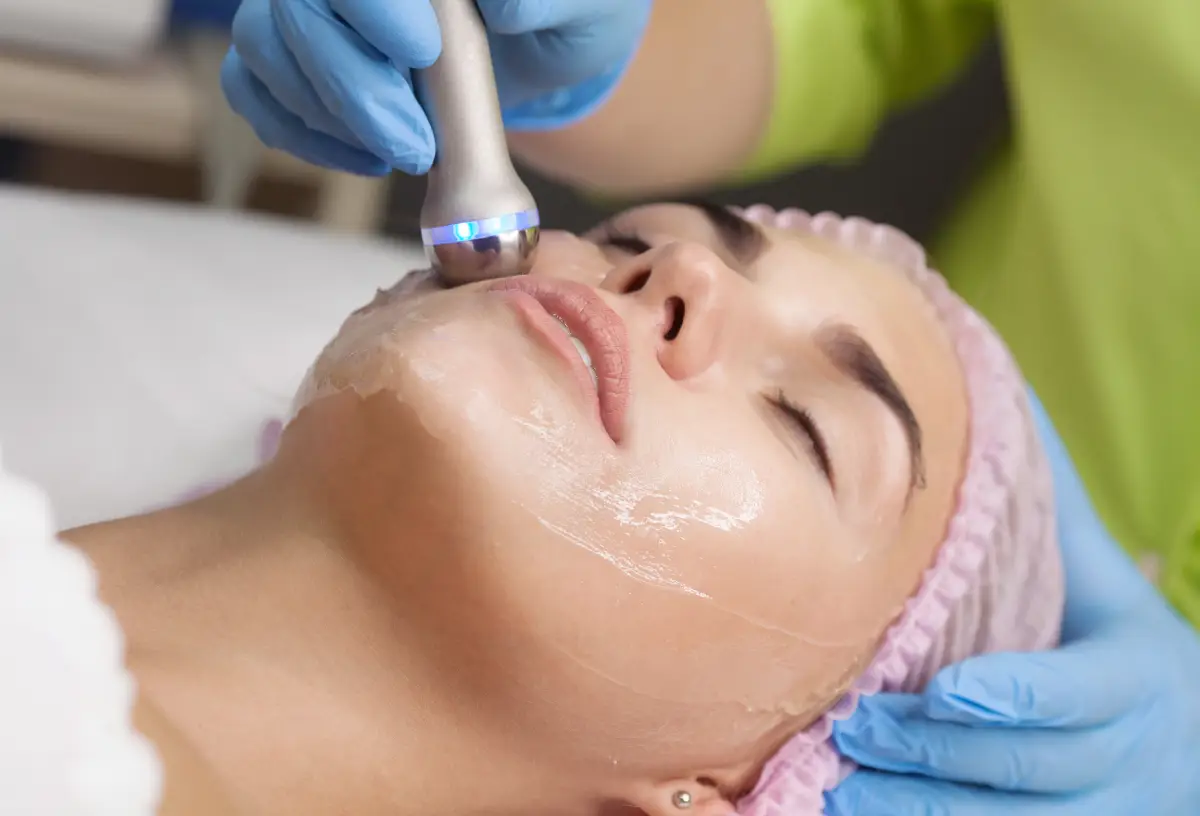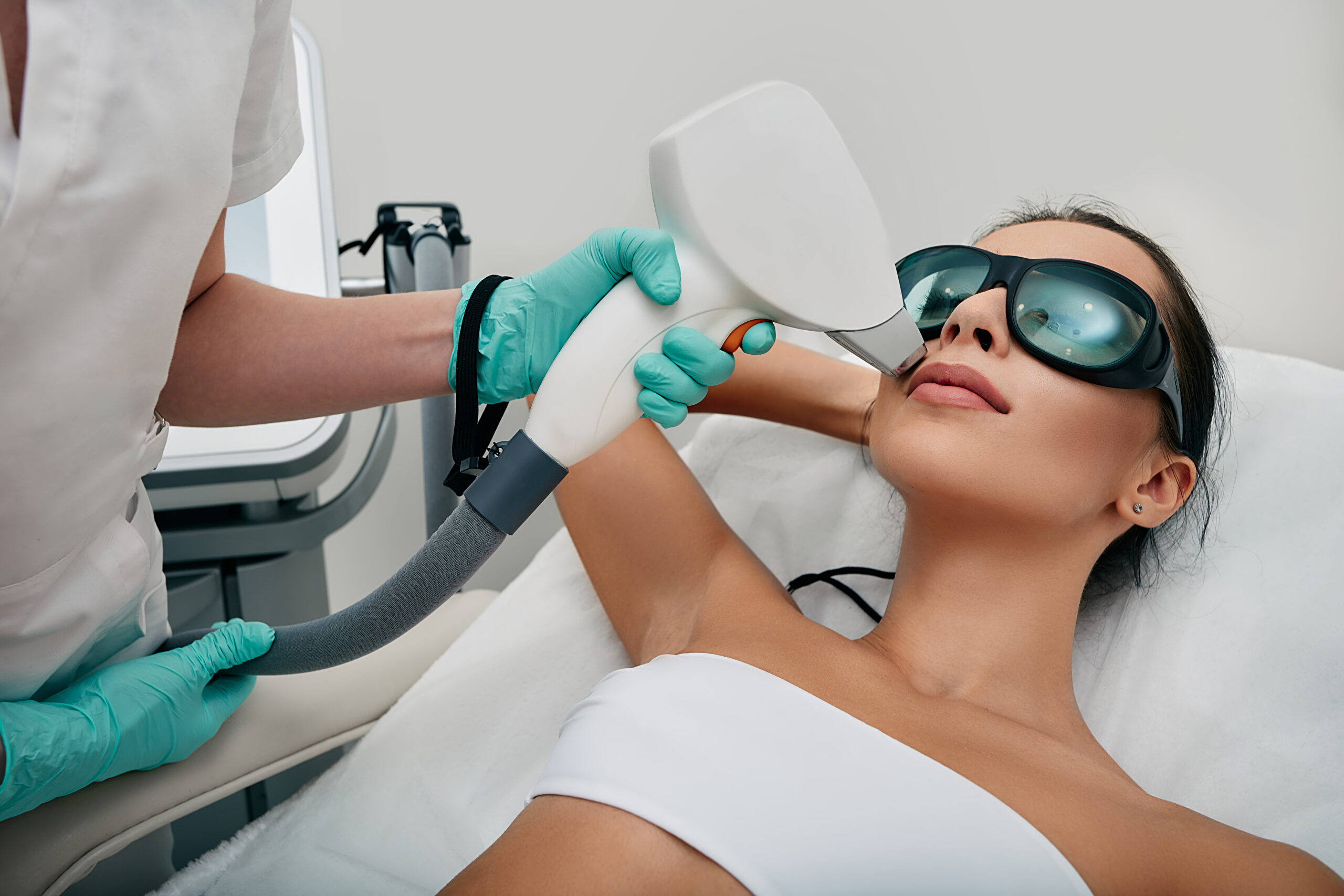Two of the most common injectables, Dysport and Botox, are used to reduce the unwanted presence of fine lines and wrinkles prominent on your face and forehead. Although these trendy procedures both have medical uses, they’re most famously known as injectable cosmetic treatments. In addition, both are types of neurotoxins that help block muscle contractions. Taken chiefly from botulinum toxin, these two are safe when used in small increments. Dysport and Botox are also referred to as nonsurgical forms of wrinkle treatment, having some of the quick recovery rates among their counterparts. These two treatments have their fair share of similarities and differences, too.
Keep reading this helpful article today to learn more about Dysport and Botox.
About Dysport and Botox
Dysport and Botox injections work by temporarily reducing wrinkle appearance by relaxing the underlying muscles underneath the skin. Through the relaxation of the muscles, the skin on the top becomes smoother through the process.
Botox and Dysport contain a similar primary ingredient, but traces of protein amounts differ. This idea potentially makes one treatment much more effective than the other for some patients. These exact differences are still being studied and proven further.
In addition, both Dysport and Botox injections will only take a couple of minutes to be delivered. That said, probably the longest part of these procedures is the application and drying of their anesthetics, compared to the injections themselves. Unless immediate side effects are developed, patients can leave right after finishing appointments.
What is Botox?
Perhaps the most popular among the injectables, Botox is FDA approved and used commonly for dealing with forehead lines and fine lines around the eyes known as crow’s feet. In addition, Botox also treats glabellar lines, which differs from Dysport, which is only approved to be used for glabellar lines. The procedure involved in this injectable is pretty much the same as that of Dysport. The treatment is administered in the office, expecting minimal recovery time.
The number of units that doctors or healthcare providers potentially use significantly depends on the treated area and your desired results. Typically, the suggested average Botox dosages by treatment area include the following:
- Crow’s feet: 24 total units, six (6) injection areas
- Glabellar lines: 20 total units, five (5) injection areas
- Glabellar and forehead lines: 40 total units, ten (10) injection areas
- All these types of wrinkles combined: 64 units
What is Dysport?
A famous injectable, Dysport, helps reduce the line appearance affecting the glabella or the area between the eyebrows. These unwanted lines extend upward, going between the eyebrows and the forehead. Glabella lines are especially noticeable every time we frown or squint. As time progresses, glabella lines potentially become more evident and prominent even during relaxation times.
Dysport is an injectable meant for people who experience moderate to severe glabella lines, not only mild lines. Dermatologists or plastic surgeons can help and tell you the difference between soft and moderate wrinkles. If you’re eligible for Dysport, the whole procedure is administered at your practitioner’s office.
Before getting the injections, your practitioner applies mild anesthetics or numbing topical creams to alleviate any pain you may feel while having the Dysport procedure. For treatments dealing with frown lines, practitioners usually inject 0.05 milliliters (mL) each time in up to five (5) portions around the eyebrows and the forehead.
Good Candidates for Dysport and Botox
Both Dysport and Botox are injectables intended for healthy adults aged 18 or more, experiencing moderate to severe lines on their faces. Doctors review your medical history and will ask some questions to help determine if you’re fit for these injectables.
As a general rule, you may not be eligible for either procedure if you are experiencing the following:
- pregnant
- sensitive to botulinum toxin
- allergic to milk
- experiencing a skin disorder
- determined to have thick skin by your doctor
- over the age of 65
- taking particular medications
A few medications can potentially interact with some of the ingredients in Botox or Dysport injections. These components include some muscle relaxers and blood thinners. The injections may also interact with specific medications that affect muscles, like anticholinergics used to treat Parkinson’s disease.
Consult everything first with your doctor or healthcare provider before discontinuing any use of your current medications. It’s also important to tell them and let them know about your medication and supplement intake, even those over-the-counter ones.
Possible Side Effects
While severe after-effects of Dysport or Botox are pretty rare, minor side effects are still possible. Typically, these side effects resolve themselves over time without further issues. It’s important to always discuss everything with your doctor or healthcare provider about potential risks and side effects before getting any treatment, so you’ll be oriented about what to expect.
Side effects of Dysport
Although considered a safe treatment in general, Dysport may still pose minor side effects such as:
- headaches
- little pain at the injection site
- rash and irritation
- swelling around the eyelids
These after-effects usually subside after a few days. More severe side effects may include nausea, sinusitis, and upper respiratory infection. Immediately call your doctor or healthcare provider whenever you develop any of these side effects or if you are experiencing other side effects that have worsened or persisted.
Side effects of Botox
Similar to its usual counterpart, Dysport, the injectable Botox is also considered safe and has very minimal after-effects. The most common ones that one may experience post-treatment can include:
- bruising
- headache
- numbness
- redness
- slight pain
- swelling
Dysport VS Botox: Which is more effective?
Compared to standardized surgical procedures, the results you’ll have from these two cosmetic injections usually start to be noticeable in the next few days after undergoing these treatments. Both Dysport and Botox do not require recovery time, allowing you to go home immediately once the procedure is finished.
Dysport Results
Dysport may begin to take effect after a few days. The results can last up to five (5) months. You can go back for additional injections if you want to maintain the effects of the treatment.
Botox Results
Seeing results from your Botox treatment may start to be seen within the week after the procedure. However, complete results can take up to one (1) month. Additionally, Botox injections persist a few months after each session, with some instances lasting more or less up to six (6) months.
Dysport or Botox: Final Thoughts
Botox and Dysport are two injectable medications popularly used in treating facial wrinkles and other facial skin conditions. Both brands are derived from similar forms of botulinum toxin.
Dysport is usually for vertical lines between the eyebrows, known as glabellar lines. Meanwhile, Botox is meant for even more use, such as glabellar lines, forehead lines, crow’s feet, or those laugh lines seen around the eyes.
In general, Botox and Dysport are known to be safe for the majority. However, it’s always important to discuss everything with qualified medical specialists before getting either treatment. If you’re interested in Botox or Dysport, schedule your consultation with a qualified dermatologist.
Do you want to experience Botox or Dysport? Worry no more – our amazing friends at Savvy Chic Medspa to get you started on your treatment today. Visit them now! https://savvychicmedspa.com/

